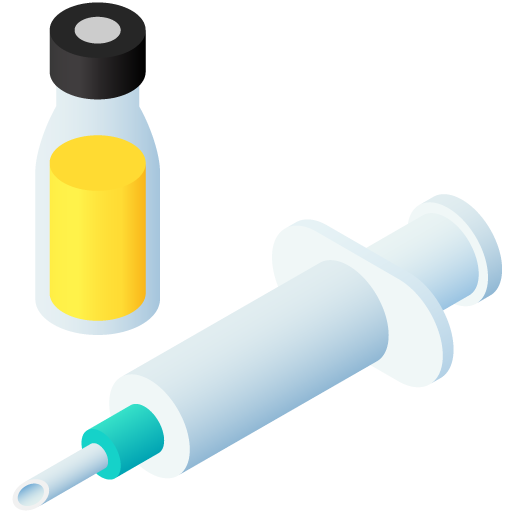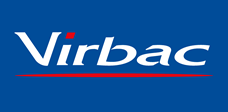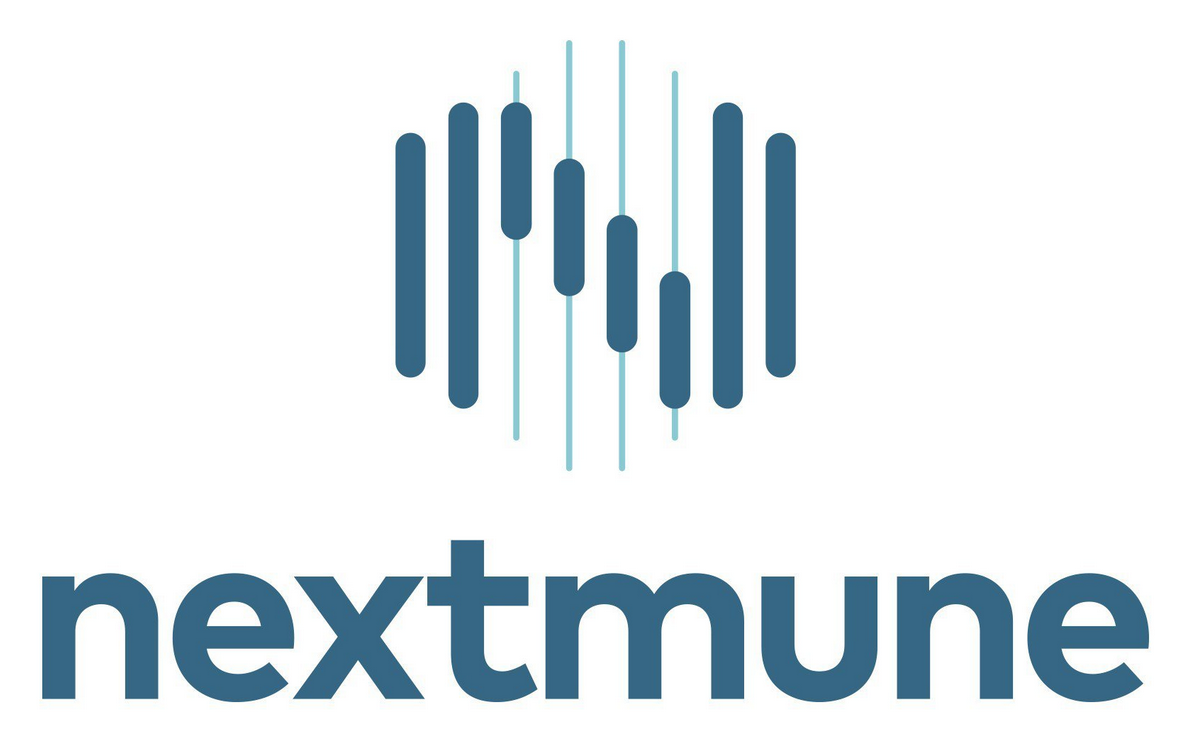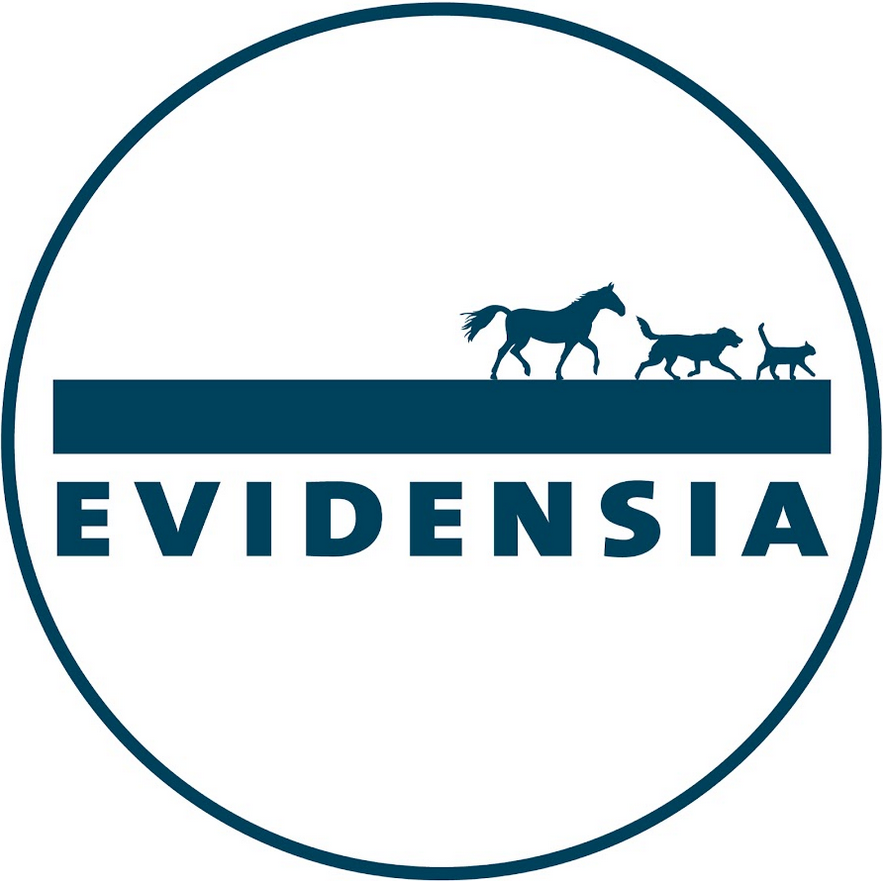Combination therapy
No results were found for your selected species
Versican Plus L4
Active substance
ATC code
Species
Dogs.
Indications
Active immunisation of dogs from 6 weeks of age:
|
− |
to prevent clinical signs, infection and urinary excretion caused by L. interrogans serogroup Australis serovar Bratislava, |
|
− |
to prevent clinical signs and urinary excretion and reduce infection caused by L. interrogans serogroup Canicola serovar Canicola and L. interrogans serogroup Icterohaemorrhagiae serovar Icterohaemorrhagiae and |
|
− |
to prevent clinical signs and reduce infection and urinary excretion caused by L. kirschneri serogroup Grippotyphosa serovar Grippotyphosa. |
Onset of immunity:
4 weeks after completion of the primary course.
Duration of immunity:
At least one year following the primary vaccination course for all components of Versican Plus L4.
Dose to be administered and administration route
Subcutaneous use.
Dosage and route of administration:
Shake well and administer immediately the entire contents (1 ml) of the product.
Primary vaccination scheme:
Two doses of Versican Plus L4 3-4 weeks apart from 6 weeks of age.
Re-vaccination scheme:
A single dose of Versican Plus L4 to be given annually.
Adverse reactions
Dogs:
|
Common (1 to 10 animals / 100 animals treated): |
injection site swelling1 |
|
Rare (1 to 10 animals / 10,000 animals treated): |
hypersensitivity reaction2 (anaphylaxis, angioedema, circulatory shock, collapse, diarrhoea, dyspnoea, vomiting) anorexia, decreased activity |
|
Very rare (<1 animal / 10,000 animals treated, including isolated reports): |
hyperthermia, lethargy, malaise immune mediated haemolytic anaemia, immune mediated haemolytic thrombocytopenia, immune mediated polyarthritis |
1 A transient swelling (up to 5 cm) which can be painful, warm or reddened. Any such swelling will either have spontaneously resolved or be greatly diminished by 14 days after vaccination.
2 If a hypersensitivity reaction occurs, appropriate treatment should be administered without delay. Such reactions may evolve to a more severe condition which may be life-threatening.
Reporting adverse events is important. It allows continuous safety monitoring of a veterinary medicinal product. Reports should be sent, preferably via a veterinarian, to either the marketing authorisation holder or its local representative or the national competent authority via the national reporting system. See section “Contact details” of the package leaflet for respective contact details.
Dispensing
POM-V - Prescription Only Medicine – Veterinarian1. NAME OF THE VETERINARY MEDICINAL PRODUCT
Versican Plus L4 suspension for injection for dogs
2. QUALITATIVE AND QUANTITATIVE COMPOSITION
Each dose of 1 ml contains:
Active substances:
Suspension (inactivated):
|
Leptospira interrogans serogroup Icterohaemorrhagiae |
|
|
|
|
|
serovar Icterohaemorrhagiae strain MSLB 1089 Leptospira interrogans serogroup Canicola |
|
|
|
ALR* titre ≥ 1:51 |
|
serovar Canicola, strain MSLB 1090 Leptospira kirschneri serogroup Grippotyphosa |
|
|
|
ALR* titre ≥ 1:51 |
|
serovar Grippotyphosa, strain MSLB 1091 Leptospira interrogans serogroup Australis |
|
|
|
ALR* titre ≥ 1:40 |
|
serovar Bratislava, strain MSLB 1088
* Antibody micro agglutination-lytic reaction.
Adjuvant:
|
|
|
|
ALR* titre ≥ 1:51 |
|
Aluminium hydroxide |
|
|
|
1.8–2.2 mg. |
Excipients:
|
Qualitative composition of excipients and other constituents |
|
Suspension: |
|
Sodium chloride |
|
Potassium chloride |
|
Potassium dihydrogen phosphate |
|
Disodium phosphate dodecahydrate |
|
Water for injections |
The visual appearance is as follows: whitish liquid with fine sediment.
3. CLINICAL INFORMATION
3.1 Target species
Dogs.
3.2 Indications for use for each target species
Active immunisation of dogs from 6 weeks of age:
|
− |
to prevent clinical signs, infection and urinary excretion caused by L. interrogans serogroup Australis serovar Bratislava, |
|
− |
to prevent clinical signs and urinary excretion and reduce infection caused by L. interrogans serogroup Canicola serovar Canicola and L. interrogans serogroup Icterohaemorrhagiae serovar Icterohaemorrhagiae and |
|
− |
to prevent clinical signs and reduce infection and urinary excretion caused by L. kirschneri serogroup Grippotyphosa serovar Grippotyphosa. |
Onset of immunity:
4 weeks after completion of the primary course.
Duration of immunity:
At least one year following the primary vaccination course for all components of Versican Plus L4.
3.3 Contraindications
None.
3.4 Special warnings
A good immune response is reliant on a fully competent immune system. Immunocompetence of the animal may be compromised by a variety of factors including poor health, nutritional status, genetic factors, concurrent medicinal therapy and stress.
Vaccinate healthy animals only.
3.5 Special precautions for use
Special precautions for safe use in the target species:
Not applicable.
Special precautions to be taken by the person administering the veterinary medicinal product to animals:
In case of accidental self-injection, seek medical advice immediately and show the package leaflet or the label to the physician.
Special precautions for the protection of the environment:
Not applicable.
3.6 Adverse events
Dogs:
|
Common (1 to 10 animals / 100 animals treated): |
injection site swelling1 |
|
Rare (1 to 10 animals / 10,000 animals treated): |
hypersensitivity reaction2 (anaphylaxis, angioedema, circulatory shock, collapse, diarrhoea, dyspnoea, vomiting) anorexia, decreased activity |
|
Very rare (<1 animal / 10,000 animals treated, including isolated reports): |
hyperthermia, lethargy, malaise immune mediated haemolytic anaemia, immune mediated haemolytic thrombocytopenia, immune mediated polyarthritis |
1 A transient swelling (up to 5 cm) which can be painful, warm or reddened. Any such swelling will either have spontaneously resolved or be greatly diminished by 14 days after vaccination.
2 If a hypersensitivity reaction occurs, appropriate treatment should be administered without delay. Such reactions may evolve to a more severe condition which may be life-threatening.
Reporting adverse events is important. It allows continuous safety monitoring of a veterinary medicinal product. Reports should be sent, preferably via a veterinarian, to either the marketing authorisation holder or its local representative or the national competent authority via the national reporting system. See section “Contact details” of the package leaflet.
3.7 Use during pregnancy, lactation or lay
Pregnancy and lactation:
Can be used during the second and third stages of pregnancy. Safety of the product during the early stage of pregnancy and during lactation has not been investigated.
3.8 Interaction with other medicinal products and other forms of interaction
No information is available on the safety and efficacy of this vaccine when used with any other veterinary medicinal product other than Versican Plus DHPPi and Versican Plus Pi. A decision to use this vaccine before or after any other veterinary medicinal product therefore needs to be made on a case by case basis.
Vaccination against distemper, adeno, parvo and parainfluenza virus (DHPPi):
If protection against DHPPi or Piis required, dogs can be vaccinated with two doses of Versican Plus DHPPi or Versican Plus Pi mixed with Versican Plus L4 3–4 weeks apart from 6 weeks of age: The contents of a single vial of Versican Plus DHPPi or Versican Plus Pi should be reconstituted with the contents of a single vial of Versican Plus L4 (instead of the solvent). Once mixed, the contents of the vial should appear a whitish to yellowish colour with light opalescence (Pi/L4) or pinkish or yellowish colour with light opalescence (DHPPi/L4). The mixed vaccines should be injected immediately via the subcutaneous route.
3.9 Administration routes and dosage
Subcutaneous use.
Dosage and route of administration:
Shake well and administer immediately the entire contents (1 ml) of the product.
Primary vaccination scheme:
Two doses of Versican Plus L4 3-4 weeks apart from 6 weeks of age.
Re-vaccination scheme:
A single dose of Versican Plus L4 to be given annually.
3.10 Symptoms of overdose (and where applicable, emergency procedures and antidotes)
No data are available on the safety of an overdose.
3.11 Special restrictions for use and special conditions for use, including restrictions on the use of antimicrobial and antiparasitic veterinary medicinal products in order to limit the risk of development of resistance
Not applicable.
3.12 Withdrawal periods
Not applicable.
4. IMMUNOLOGICAL INFORMATION
4.1 ATCvet code: QI07AB01
The vaccine is intended for the active immunisation of healthy puppies and dogs against diseases caused by Leptospira interrogans serogroup Australis serovar Bratislava, Leptospira interrogans serogroup Canicola serovar Canicola, Leptospira kirschneri serogroup Grippotyphosa serovar Grippotyphosa and Leptospira interrogans serogroup Icterohaemorrhagiae serovar Icterohaemorrhagiae.
5. PHARMACEUTICAL PARTICULARS
5.1 Major incompatibilities
Do not mix with any other veterinary medicinal product except those mentioned in section 3.8 above.
5.2 Shelf life
Shelf life of the veterinary medicinal product as packaged for sale: 2 years. Shelf life after first opening the immediate packaging: use immediately.
5.3 Special precautions for storage
Store and transport refrigerated (2 °C – 8 °C). Do not freeze.
Protect from light.
5.4 Nature and composition of immediate packaging
Type I glass vial containing 1 ml closed with a chlorobutyl rubber stopper and aluminium cap.
Pack sizes:
Plastic box containing 25 vials (1 ml).
Plastic box containing 50 vials (1 ml).
Not all pack sizes may be marketed.
5.5 Special precautions for the disposal of unused veterinary medicinal products or waste materials derived from the use of such products
Medicines should not be disposed of via wastewater or household waste.
Use take-back schemes for the disposal of any unused veterinary medicinal product or waste materials derived thereof in accordance with local requirements and with any national collection systems applicable to the veterinary medicinal product concerned.
6. NAME OF THE MARKETING AUTHORISATION HOLDER
Zoetis Belgium
7. MARKETING AUTHORISATION NUMBER(S)
EU/2/14/171/001
EU/2/14/171/002
8. DATE OF FIRST AUTHORISATION
Date of first authorisation: 31/07/2014.
9. DATE OF THE LAST REVISION OF THE SUMMARY OF THE PRODUCT CHARACTERISTICS
10. CLASSIFICATION OF VETERINARY MEDICINAL PRODUCTS
Veterinary medicinal product subject to prescription.
Detailed information on this veterinary medicinal product is available in the Union Product Database (https://medicines.health.europa.eu/veterinary).
 TRUSTED SOURCE
TRUSTED SOURCE









